In April 2018, a series of 27 papers representing the most comprehensive genomic analysis of human cancers to date was published in Cell Press journals.
The collection constitutes the final outputs from the Cancer Genome Atlas (TCGA) project, a collaboration between the National Cancer Institute (NCI) and the National Human Genome Research Institute (NHGRI) involving analysis of over 11,000 tumors representing 33 different cancers. The many research teams involved analyzed tumor DNA, mRNA, miRNA and chromatin, comparing them to matched normal cellular genomes to perform a complete molecular characterization of cancer-specific changes. The results have been presented with much hope that open access to this type of comprehensive analysis will build on recent advances in understanding tumor biology and spur further progress in developing new approaches to treatment. (See this news item for more detail).
The Pan-Cancer Atlas results are collected on a cell.com portal, where they are presented in three collections grouped by topic: Cell of Origin, Oncogenic Processes and Signaling Pathways. Each collection is accompanied by a “Flagship” paper introducing the topic and summarizing the findings. It seems fitting that these findings have been published in #HumanGenomeMonth. This comprehensive analysis of the genomic and metagenomic profiles of tumors illustrates one powerful application of the type of genomic analysis pioneered by the original Human Genome Project, and shows just how much has been made possible since the initial publication of the human genome fifteen years ago.
Continue reading “The Pan-Cancer Atlas: “The End of the Beginning”” Like this:
Like Loading...
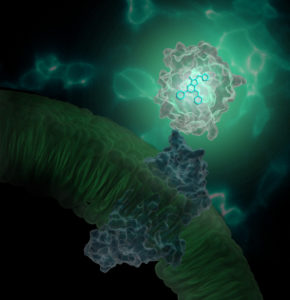
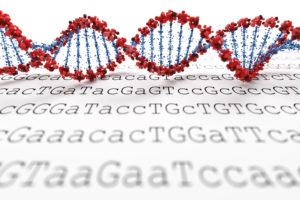
 Several weeks ago, I came across an article on ScienceNews.org about how Wikipedia is becoming a scientific resource, whether we like it or not. Scientists are reading Wikipedia, the article said, and it’s affecting how they write. The article cited
Several weeks ago, I came across an article on ScienceNews.org about how Wikipedia is becoming a scientific resource, whether we like it or not. Scientists are reading Wikipedia, the article said, and it’s affecting how they write. The article cited 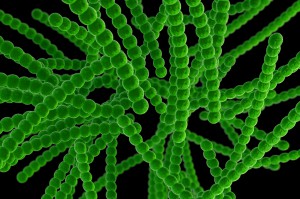

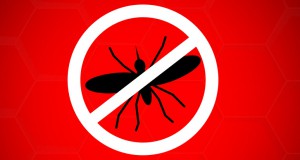
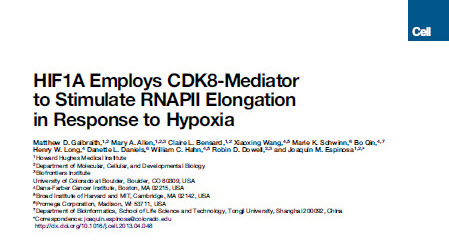

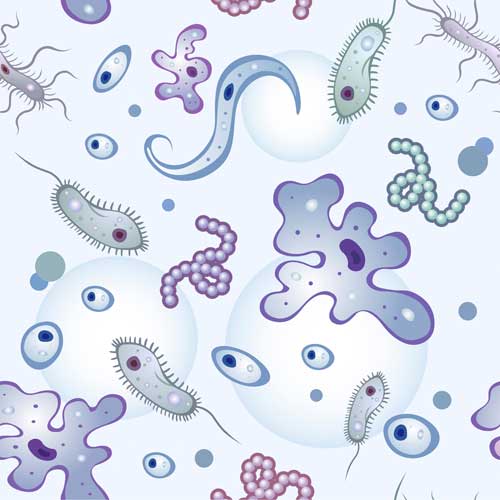
 I had never heard of Halorubrum sodomense until a few days ago. It’s name describes it pretty well, it is a salt-tolerant (Halophilic) organism that contains the red-colored photosynthetic pigment archaerhodopsin, and it was originally isolated from the region of Sodom near the Dead Sea. It’s an organism that is well-known only to those with reason to study it. Many of the rest of us will never have cause to say its name, or to even remember it, and may even occasionally wonder why it is studied at all.
I had never heard of Halorubrum sodomense until a few days ago. It’s name describes it pretty well, it is a salt-tolerant (Halophilic) organism that contains the red-colored photosynthetic pigment archaerhodopsin, and it was originally isolated from the region of Sodom near the Dead Sea. It’s an organism that is well-known only to those with reason to study it. Many of the rest of us will never have cause to say its name, or to even remember it, and may even occasionally wonder why it is studied at all.